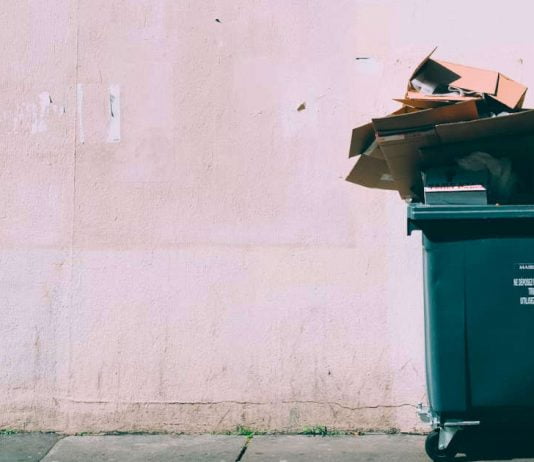The growing urban populations and increasing waste and trash are environmental concerns that, if not addressed, negate environmental sustainability efforts. Unfortunately, traditional waste management systems are inadequate in tackling the growing waste problem.
Smart waste management uses technology to improve efficiency, reduce collection costs, and lower the amount of trash that goes to landfills. Here are a few waste management technologies revolutionizing waste removal you must know.
Contents
1. Smart Waste Bins
Smart waste bins are waste bins that use artificial intelligence and object recognition to sort waste and place them into different compartments automatically. The technology also compresses the trash and tracks how full the bin is. Sensors that monitor trash levels also alert users when they’re ready for emptying. This allows users to track their waste disposal habits and optimize trash pickup schedules, thus reducing fuel consumption.
Smart waste bins also reduce human error during waste disposal, which quickens the recycling process. Other than sensors, some bins have interactive screens that tell users how to dispose of waste and explain the environmental impact of some trash. The bins reduce waste management costs, increase employee efficiency, and make users more conscious of what and how they throw away.
2. Recycling Apps
One of the simplest but also beneficial waste management technologies in recent times is recycling apps. Most recycling centers struggle with sorting through piles of contaminated trash. To prevent unrecyclable materials from getting into recycling centers, businesses have created apps such as iRecycle, RecycleSmart and RecycleNation to ease recycling for users.
The apps furnish users with details about recycling rates and locations, as well as a list of recyclable items and those that can’t. Some apps like the iRecycle even provide ideas on recycling various objects, which is great for DIY-ers who want to use their creativity to help care for the planet.
3. Pneumatic Waste Pipes
Cities can now rely on something other than trucks to pick up their waste. Pneumatic waste pipes connect to pneumatic waste bins and utilize vacuum suction to carry the trash from garbage bins to the collection plants for sorting or disposal.
Unlike traditional options that use trucks that run on fossil fuels, pneumatic pipes function with the help of air compressors, keeping energy consumption at a minimum. As such, this system lowers energy costs and reduces emissions, which is excellent for the environment. Since pneumatic waste pipes are also faster than traditional trucks, waste management plants have more time to sort trash and dispose of waste correctly.
4. Recycling Robots
Recycling robots rely on artificial intelligence to identify and sort waste, differentiating recyclable materials. This reduces the need for human employees, allowing companies to handle labor shortages. With automatic sorting, the process becomes even more accurate, ensuring that nonrecyclable materials end up in landfills. Not only is this good for the environment, but it also lowers labor costs, leading to savings in the long term.
5. Waste Level Sensors
Most neighborhoods and businesses rely on routine waste collections, which sometimes may be unreliable or inefficient. To reduce unnecessary landfill trips, companies and communities can install waste level sensors in dumpsters or waste bins to know how often they require emptying.
Waste level sensors collect information about fill levels, enabling trash removal services to predict how often they need to clear them. They also help prevent public bins from overflowing, which may lead to contamination.
6. E-Waste Kiosks
Electronic wastes are among the most hazardous when released into the environment. They contain harmful chemicals that can leach into the soil and even contaminate water sources. Electronics also use more energy to manufacture and make it necessary to mine new minerals continuously. E-wastes range from computers, laptops, and mobile phones to fans, electric cookers, and even remote controls that are no longer useful.
Given their environmental impact, companies like ecoATM have created e-waste kiosks to recycle electronic waste. These e-waste kiosks take your electronic waste in exchange for cash and take them for recycling. While they may not offer money for broken or destroyed electronics, the kiosks accept phones, tablets, and mp3 players in any condition and ensure they are properly recycled.
Conclusion
As old waste management systems break down and become overwhelmed, the above technologies provide better ways to collect, sort, recycle and dispose of waste. They continue to make the waste disposal process more manageable and boost the efforts towards reducing waste and ensuring environmental sustainability.


